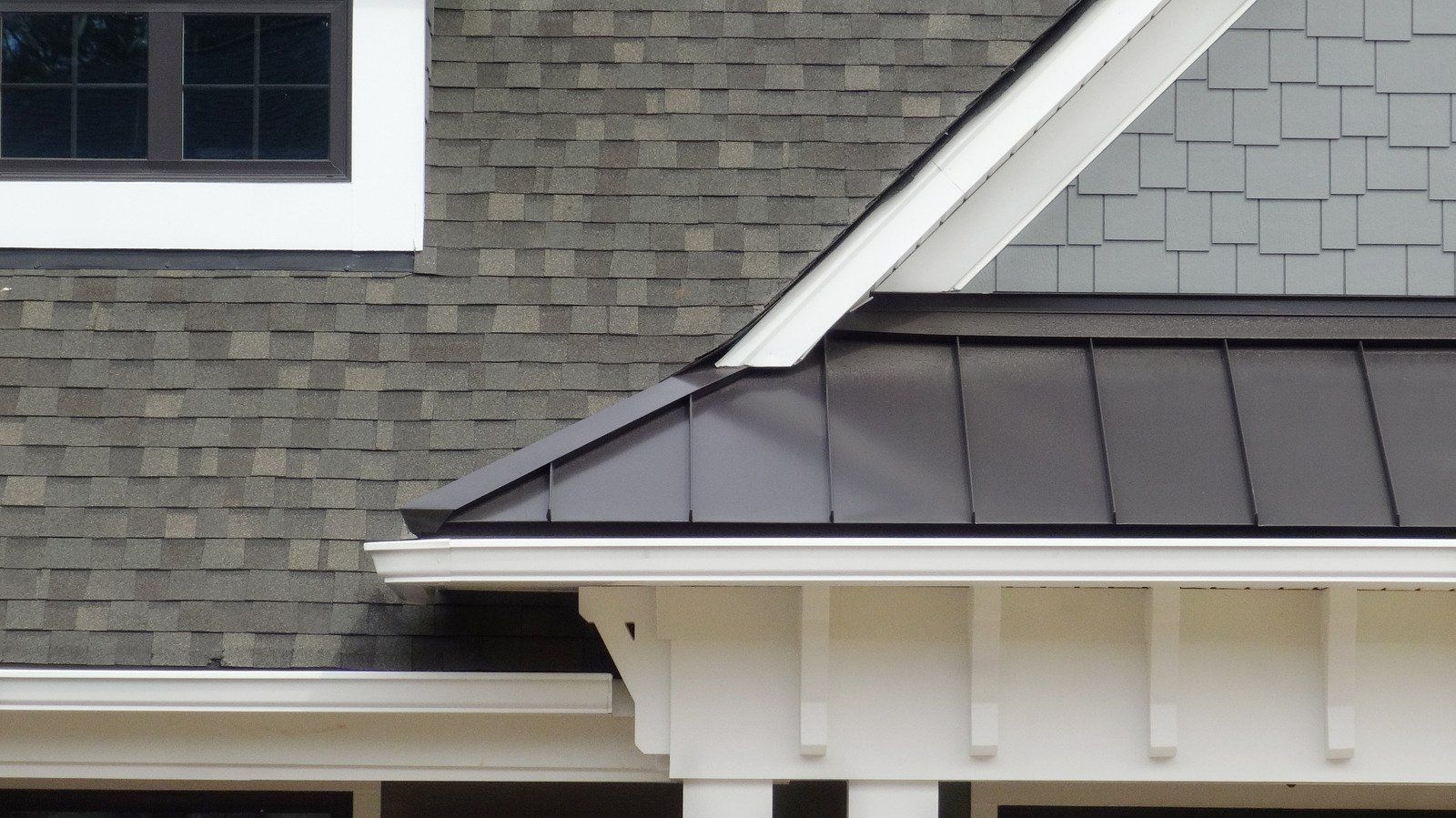How Do You Choose the Best Roofing Material for Your Connecticut Home?
Your roof does more than just protect you from the elements—it shapes your home's look, influences energy efficiency, and affects long-term maintenance costs. With Connecticut’s varied climate, ranging from snowy winters to humid summers, choosing the right roofing material is a decision that deserves serious thought. It’s not just about what looks good. It’s about what performs well, lasts long, and meets your budget. Whether you're replacing an old roof or building a new home, this guide will help you explore the top roofing materials and how to choose the best one for your needs.
1. Consider the Connecticut Climate
Connecticut’s weather can be tough on roofs. From heavy snow in winter to rain and wind in spring and fall, your roofing material needs to stand up to all four seasons. Asphalt shingles are a popular choice for their affordability and resilience, while metal roofs are known for their durability and ability to shed snow and ice efficiently. Choose a material that can endure freeze-thaw cycles, strong winds, and temperature shifts without degrading quickly.
2. Balance Aesthetics with Functionality
Different roofing materials offer different visual styles. Asphalt shingles are available in a wide range of colors and profiles, making them easy to match with most homes. Metal roofing, on the other hand, offers a sleek, modern appearance and can mimic tile, slate, or wood shake. When choosing, think about curb appeal—but don’t sacrifice performance just for looks.
3. Evaluate Longevity and Maintenance Needs
Not all roofing materials age the same way. Asphalt shingles typically last 20–30 years with moderate maintenance, while metal roofing can last 40–70 years with minimal upkeep. Consider how long you plan to stay in your home and how much effort you're willing to put into maintenance. The longer the lifespan and the fewer the repairs, the better the long-term value.
4. Factor in Energy Efficiency
Some roofing materials reflect more sunlight, helping reduce indoor cooling costs during the summer. Metal roofing, for instance, is excellent for energy efficiency, especially when coated with reflective finishes. Asphalt shingles can also be energy efficient if you choose the right type with cooling granules. In a climate like Connecticut’s, a roof that helps regulate indoor temperature is a smart investment.
5. Check Building Codes and HOA Requirements
Before committing to a roofing material, make sure it complies with local building codes and any Homeowners Association (HOA) guidelines. Some areas restrict the use of certain materials or colors. A reputable contractor can help you navigate these requirements and avoid delays or penalties.
Choosing the right roofing material for your Connecticut home is all about balancing performance, aesthetics, and durability. At J & R Roofing, we bring over 22 years of experience serving homeowners from our base in Layton, Utah, and we understand the demands of all climates. Our expert team offers Asphalt Shingle Roofing, Metal Roofing, Commercial Roofing, Storm Damage Repair, and Roof Repair services with care and precision. Whether you're in the planning stage or ready to start, let J & R Roofing guide you to the perfect roofing solution—built to last and made for your home.



